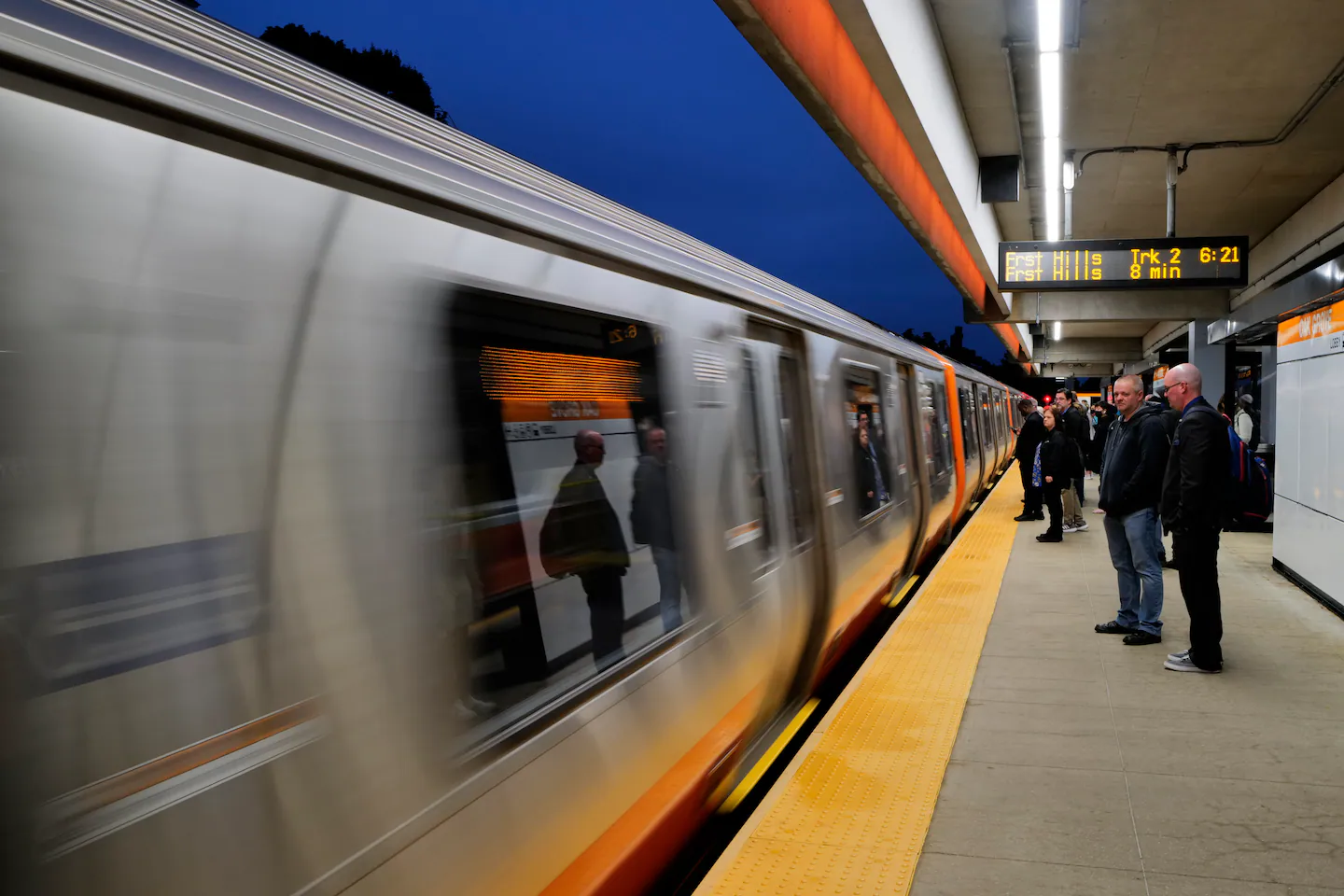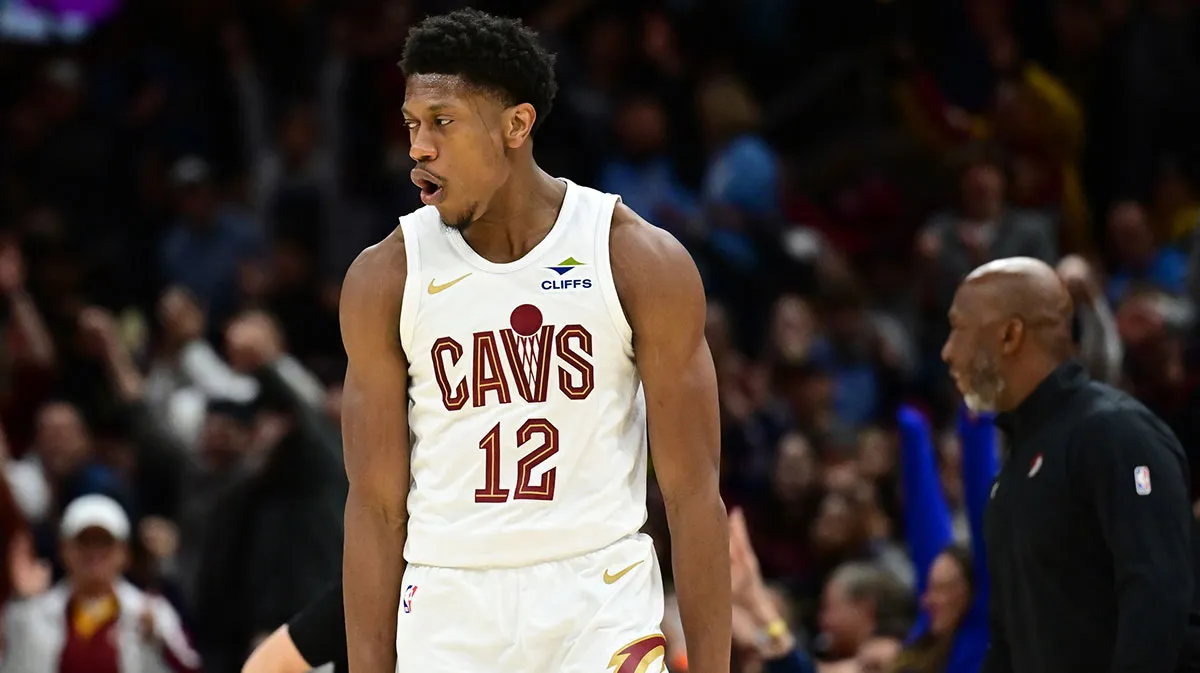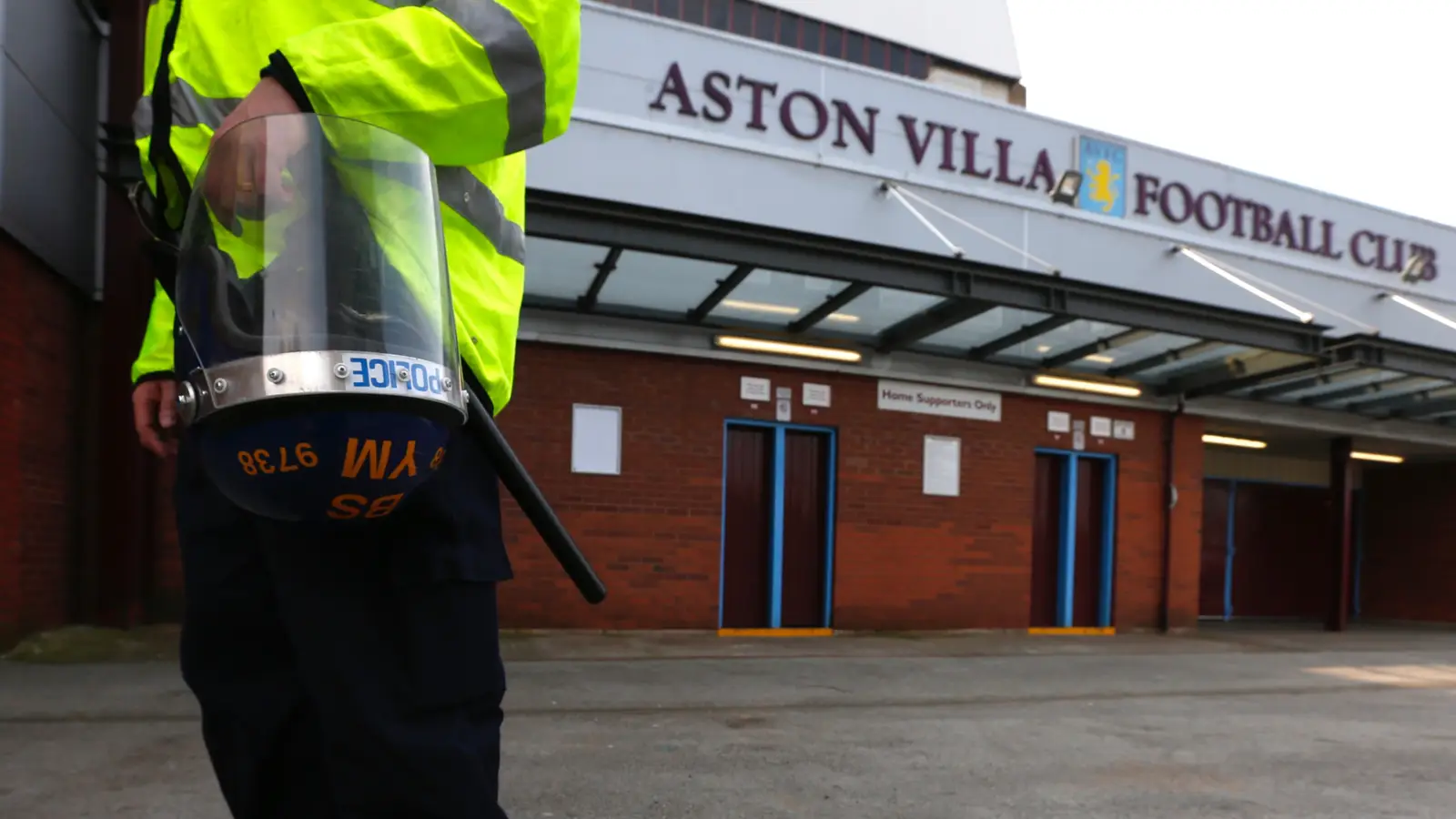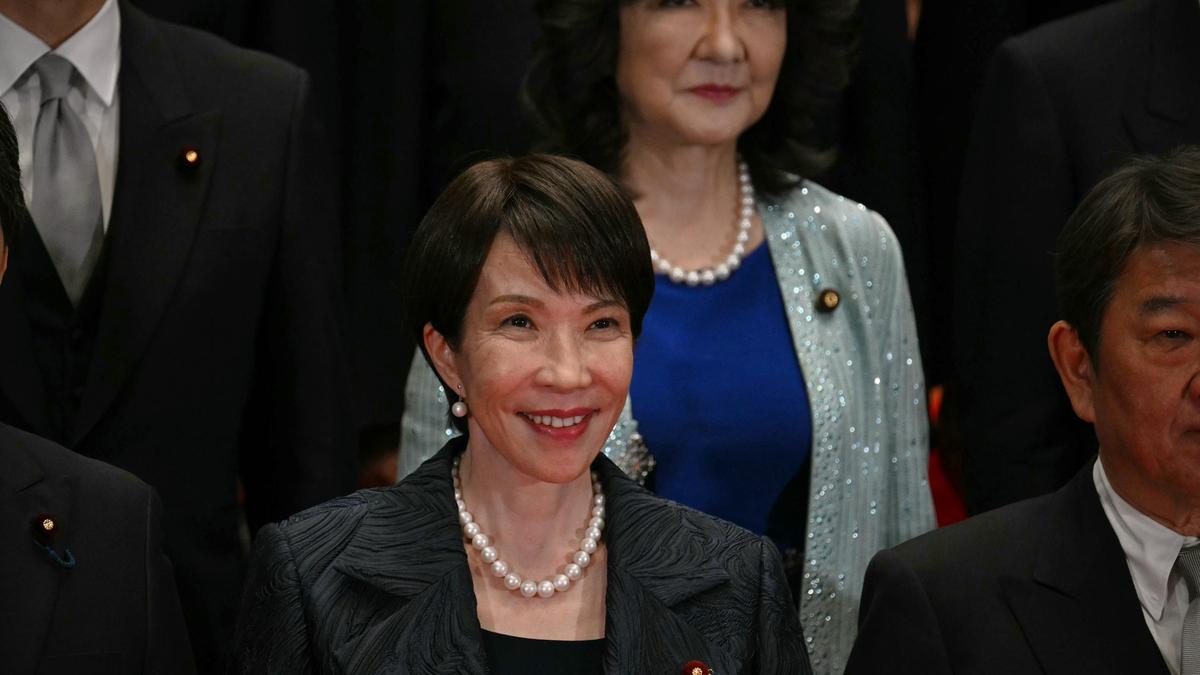Copyright The Boston Globe

Hampton’s story is an emblematic one. Transit ridership plummeted as the pandemic surged. The plunge drained fare revenue, burning gaping holes in the T’s budget. Riders and their dollars have seeped back into the system. But the T has yet to reach its pre-pandemic normal. “We expect systemwide ridership to continue increasing year over year for the foreseeable future,” the agency wrote to the Globe. “However, we are not anticipating a return to pre-pandemic levels in the next five years for all modes.” When the T will regain the riders it lost — assuming it can — has potentially serious implications. A tenuous recovery in fare-paying ridership could sustain pressure on a T budget already strained by historic debts, ballooning expenses, and other stresses. Federal cash infusions helped buoy the agency during the worst of the pandemic, but those lifelines are gone. The state government this year stepped in to help plug a roughly $700 million MBTA budget deficit for 2026 fiscal year. An almost $800 million deficit looms further down the horizon, according to T projections. How that hole will be patched — with more state assistance, new funding streams, or a crippling cycle of service cuts and layoffs — isn’t yet defined. “No mode of transportation is 100 percent paid for by the user. Every trip is subsidized to a certain extent, even folks who drive their cars,” said Brian Kane, executive director of the MBTA Advisory Board, the agency’s public oversight body. “What this lack of fare revenue means is that more of each person’s trip on the T has to be subsidized by the Commonwealth or by cities and towns, rather than paid for by the fares that they pay.” The subway has had an especially hard time getting back on its feet. About 440,000 riders, on average, used the subway on a weekday in Aug. 2025, just under two thirds of the average weekday ridership in Aug. 2019, according to T figures. Shifting work habits are a chief culprit, the T said. Service disruptions wrought by federal safety investigations and speed restrictions have also weighed down the subway’s recovery, the agency added. Officials hope the T’s efforts to improve its long-suspect speed and reliability issues will, over time, draw more riders back. “Travel patterns have shifted, and it will take time to fully understand the new normal and to meet communities where they are,” the agency said in a statement, adding, “We’re confident we can continue to deliver service that will attract new riders.” In February 2020, the month before Massachusetts reported its first COVID-related death, the MBTA averaged more than 1.2 million weekday riders, according to the agency. By April 2020, that average had sunk to just under 142,000. The T collected almost $672 million in fare revenue in fiscal year 2019 — just under a third of that year’s revenue — according to budget documents. By the 2021 fiscal year, fare earnings had crashed to just over $167 million. Nationwide, transit ridership nosedived 81 percent between April 2019 and April 2020, according to the Federal Transit Administration. Today, the T’s ferry, paratransit and commuter rail services are showcasing strong recoveries, the T said. Bus ridership is on a promising but less definite trajectory. Riders have returned to the subway at a less encouraging clip. Total monthly T ridership over the course of fiscal year 2025 — spanning July 2024 to June — oscillated between 63 and 75 percent of the pre-COVID baseline, according to agency data presented in September. Among the strongest headwinds is the most evident: the workplace exodus online hasn’t fully reversed. About 18 percent of Boston residents work from home, according to 2023 Census estimates. The ratio creeps higher in surrounding cities — 26 percent in Somerville, 23 percent in Newton, 27 percent in Brookline, and 23 percent in Cambridge. “Our region is not returning to everybody in the office five days a week,” said Kate Dineen, president and CEO of A Better City, a business group involved in transportation research and advocacy. “I don’t see that happening here.” Federal transit experts warned in a August 2024 report that rush hour commutes built around 9-to-5 schedules may never reach their prior intensity. Transit agencies, they urged, have to service other kinds of travel to thrive. Brookline resident Kyle Stratis is but one example of the shift — a once loyal workday T commuter turned regular Green Line leisure rider. “The commute around rush hour is just brutal. Even with the frequencies that they run, especially on the Green Line, it’s still not enough,” he recalled from his home office, where he spends much of his week. “You’re packed in like sardines. It’s just very stressful.” Others have also switched train cars for personal ones for reasons financial and preferential. Tom Highlands, a flight attendant living in Back Bay, said he often relied on the T to get to and from Logan. Over the course of the pandemic, he acclimated to the comforts of car travel. Highlands said he hasn’t turned back. “Now that I verbalize it, it’s kind of sad,” he said of his separation from the T, but “I like the convenience of driving my car.” Some choose to brave Boston’s notorious road congestion during commutes because of cost concerns. “It is too expensive,” a Dedham resident identifying themselves as Karen Hart said of her T commute in response to a Globe survey. “I live right by the commuter rail but after parking and a round trip ticket it’s more than $20.00. [It’s] easier just to drive in and hope for parking.” Yet the T and some transit experts hold out hope that riders will continue their return. “Overall, when we think about the T, all of the trends are moving in the right direction,” Dineen, the business group chief, said. The T collected $441 million in fares in fiscal year 2025, still only about two thirds of 2019 revenues, but a significant upswing from its nadir. Some services have showcased significant rebounds. Commuter rail ridership surpassed pre-COVID levels in September 2024 and drifted close to the benchmark in the months since, a return energized by busy weekends, according to MBTA data. The T credits improved service and a $10 weekend pass for the surge. Bus ridership has hovered around 80 percent of its pre-pandemic baseline since July 2024, according to the agency. Buses, by and large, tend to serve poorer riders that can’t afford cars — and work jobs that can’t be done remotely. Meanwhile, the subway must continue to shape up to lure people back onto train cars, said Caitlin Allen-Connelly, executive director of TransitMatters, a transit research and advocacy group. “The more we’re able to provide reliable, frequent service, the more people will come,” she said. “I think the [MBTA’s] general manager is very cognizant of that.” Kane, the MBTA Advisory Board chief and a Green Line regular, compared the complex mixture of dedication and irritation the public feels toward the T to the travails of Red Sox fandom. “It’s going to break your heart a lot ... but you do it anyway, because it’s what you’re conditioned to,” he said, adding “Right now, we’re in a little bit of an upswing, and it’s great. I’m not saying we’re at 2004 Red Sox levels, but we’re in a better place than we’ve been in a long time.”



